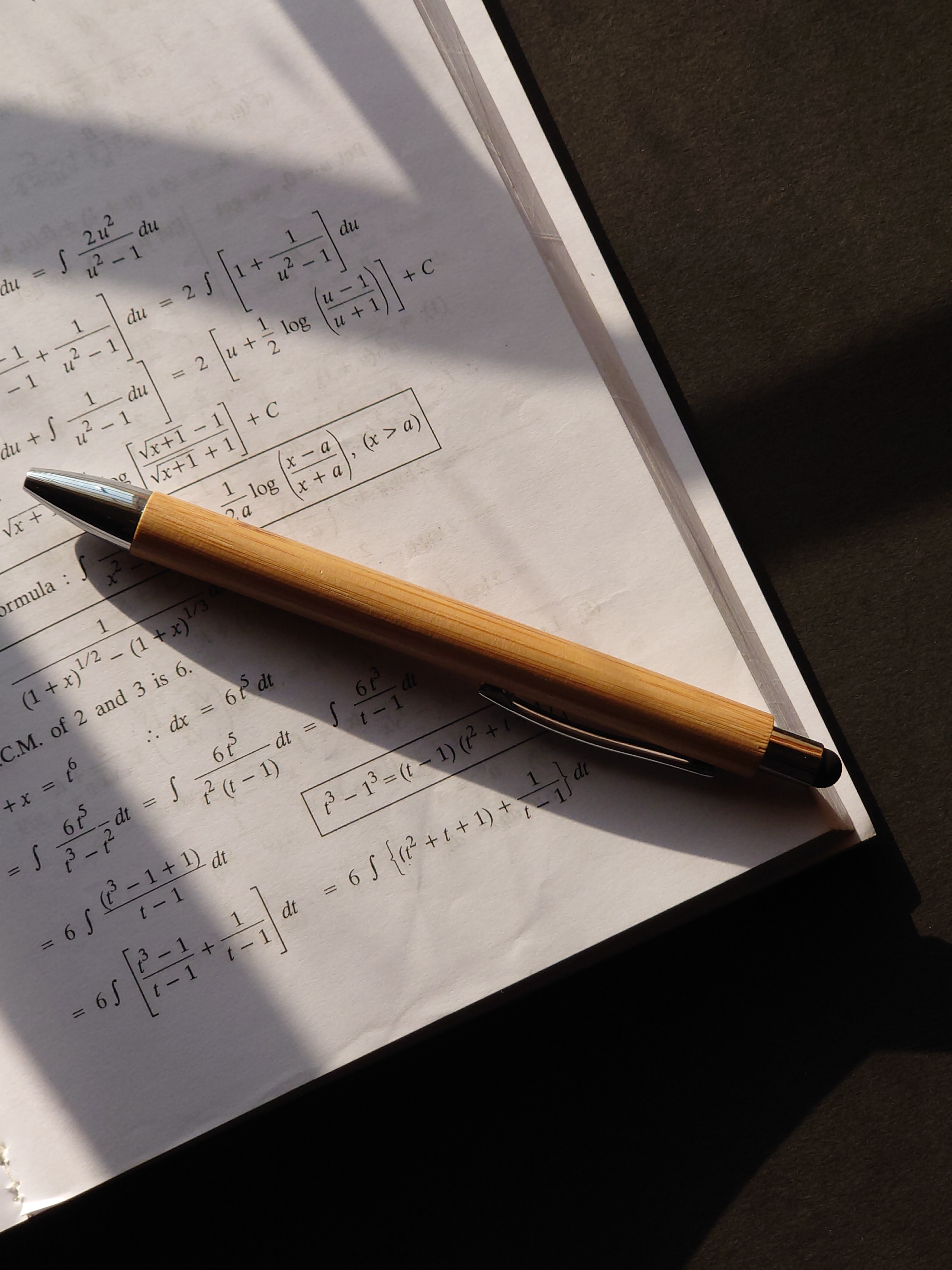
Mathematics for Engineers is a mandatory class for students enrolled in the International Master Program Factory of the Future. It is meant to provide an introduction to applied linear algebra for beginning students with little to no prior exposure to linear algebra. Along with giving a good grounding in the basic ideas, the aim of this course is also to give students an appreciation for how it is being used in many real-life applications including: data fitting, machine learning and artificial intelligence, tomography, navigation, image processing, finance and automatic control systems. For that purpose, some practical topics such as numerical linear algebra and convex optimization will also be discussed during the class. When doing so, we will make use of the Python programming language.
Our goal is to provide students with a working understanding of linear algebra. By the end of the class, students will be able to propose actionable solutions (if not optimal) to a variety of real-life problems along with being able to explain what are the possible shortcomings of their approach. By using Python and its scientific computing ecosystem (NumPy, SciPy), students will also be capable of implementing working prototypes of their solution.
Except for some familiarity with basic high-school mathematics, this class has no particular prerequisites.
The class consists of 10 sessions, each 3 hours long, from late September to late October. Below is a tentative list of the subjects discussed during each session.
- Part 1: Vectors
- Lecture 1: Vectors and linear functions.
- Lecture 2: Vector norm, distance and clustering.
- Lecture 3: Linear independence, Gram-Schmidt process.
- Part 2: Matrices
- Lecture 4: Matrices and linear equations.
- Lecture 5: Matrix multiplication and matrix inverses.
- Lecture 6: Linear dynamical systems.
- Part 3: Quadratic Programming
- Lecture 7: Least-squares and least-norm problems.
- Lecture 8: Multi-objective least-squares.
- Lecture 9: Constrained least-squares.
Three to four hours of personal work per week (including the homeworks) are expected from the students to fully grasp the ideas discussed during class.
This course is heavily based on the course ENGR108: Introduction to Matrix Method from Stanford University. As such, its uses the same material:
- Introduction to Applied Linear Algebra - Vectors, Matrices, and Least-Squares by Stephen Boyad and Lieven Vandenberghe. Copyright in this book is held by Cambridge University Press but they kindly agree to allow the authors to keep the book available for free in the web. [PDF]
Additional material
You will find below a list of additional material you are welcome to use.
- Lecture slides: Original deck of slides by Stephen Boyd and Lieven Vandenberghe.
- Additional Exercises: 66 pages of additional exercises to complement those already in the book.
Students are expected to have read (and understand) the book by the end of the class. Weekly homeworks will moreover be made of exercises taken directly from the book or the additional exercises booklet. We thus recommend you to download both of these as soon as you have access to this course.
We will weight the various parts of the class as follows:
- Homework - 50%: this component is the average of the grades obtained at all the weekly homework except for the one with the lowest score.
- Midterm - 25%: A 1h30 written exam will be taken approximately half-way through the class.
- Final exam - 25%: A final exam covering all the topics discussed during the lectures (and specified parts of the book) will be taken at the end of the class.
If time permits, a project will have to be completed by the end of the course. If so, the percentages indicated will be revised to include it.
Regarding fraud: To minimize the risk of fraud, students are required to obey the following rules:
- Telephones, tablets, personal computers, or other communication devices must be stored away during the exam.
- Unless explicitly specified, no documents are allowed during the exam.
- Although we cannot enforce it, completing homework should be considered a personal effort. If any suspicion is detected, you may be called in for an oral exam where you will be expected to justify any mathematical statement written in your paper or
Pythonprogram.
Failure to comply might result in a penalty. Moreover, if cheating is detected, it will be reported to the school and actions will be taken, possibly resulting in an automatic failure for this class.
